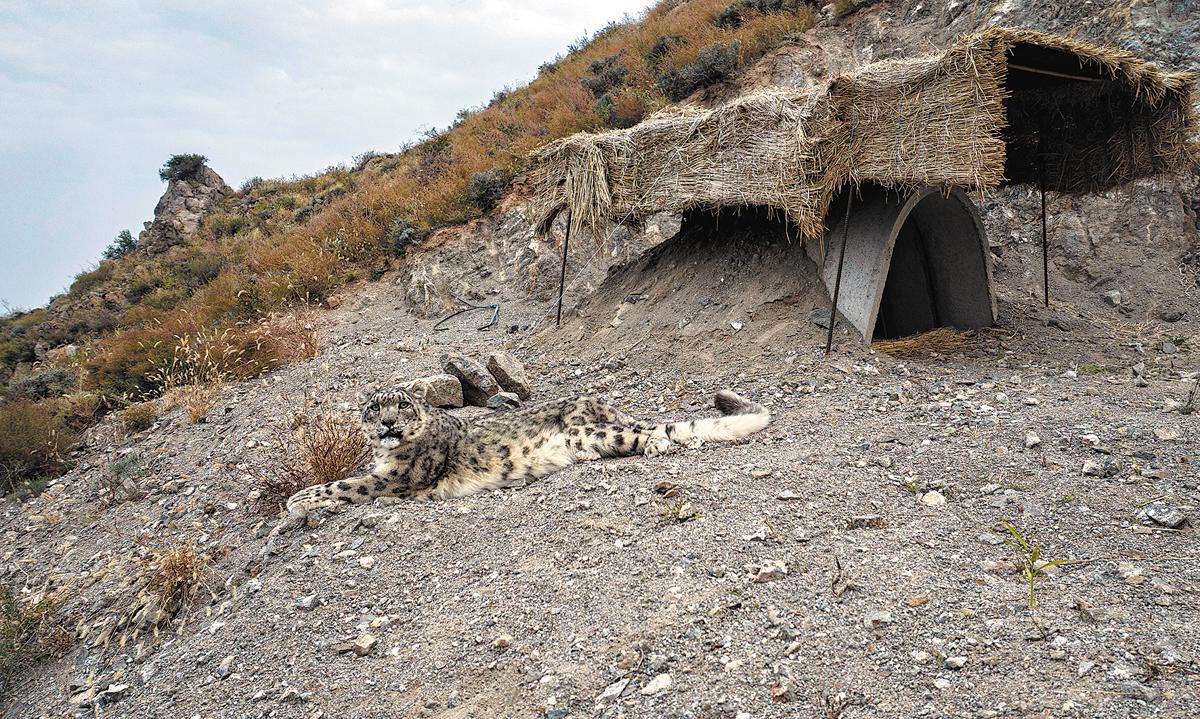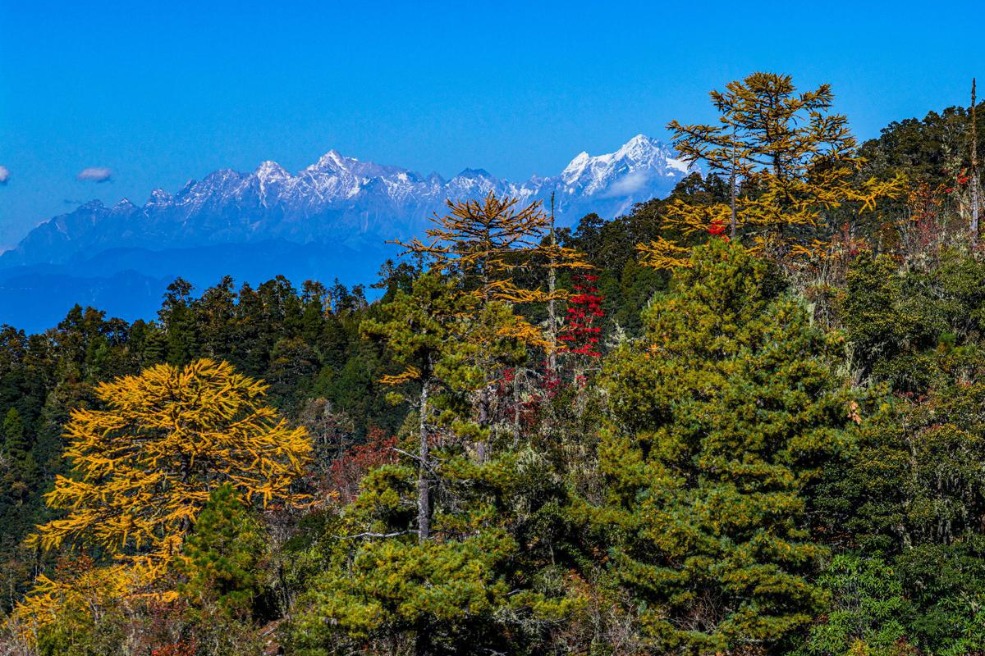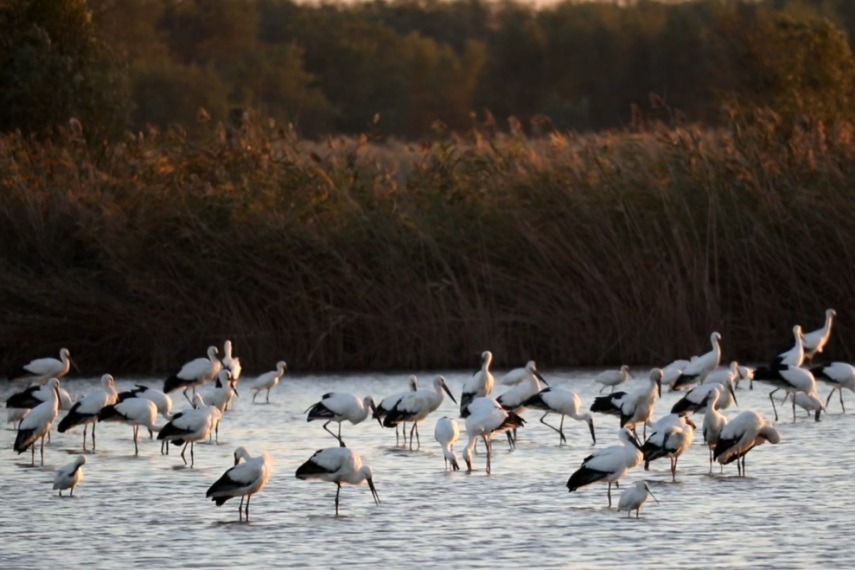Snow leopard being restored to Helan Mountains


YINCHUAN — The silent cliffs of the Helan Mountains, once devoid of a legendary presence, are now being reclaimed. More than half a century after vanishing from northwestern China, the snow leopard is making a cautious comeback.
Chinese scientists and authorities have launched a bold conservation initiative to spearhead a groundbreaking reintroduction project. Their goal is not only to restore a local population but also to establish a vital corridor to bridge the fragmented habitats of the northern and southern snow leopard populations.
"A total of seven snow leopards now roam the Helan Mountains in the Ningxia Hui autonomous region," said Zhu Yachao of the Ningxia Helan Mountain National Nature Reserve Administration, while monitoring the movements of the big cats on a screen. "One arrived on its own, while the other six were relocated here since 2021."
Pointing to the overlapping territories on the map, he noted: "The four we've released have staked out their home ranges. This overlap is a promising sign — it means they could encounter each other and, hopefully, breed."
At a snow leopard conservation base, two more candidates are undergoing "adaptation training".Their vast, naturalistic enclosure, complete with man-made rock dens, serves as a classroom for the wild. On a monitor, the two felines can be seen dozing peacefully, conserving energy for the night ahead.
"These six leopards were all healthy individuals from Gansu province, and Xizang and Xinjiang autonomous regions," Zhu explained. Before their release, they must graduate from one of the reserve's four massive training grounds, each spanning over 20,000 square meters, where they spend months relearning the skills of a top predator.
The training process is a carefully orchestrated science. Zhang Jingwen, a veterinarian from Beijing, designs individualized "training menus". She has a particular soft spot for "Bachug", a young male snow leopard rescued in Xizang last May.
"He was found alone, raised by herders, and was unable to hunt properly in the wild," Zhang said. "We're reawakening his instincts step by step and hope for a spring release."
The snow leopard serves as a barometer for the health of the entire high-altitude ecosystem. Globally, their populations are under threat due to habitat loss and climate change, which led the International Union for Conservation of Nature to classify them as "vulnerable".
The Helan Mountains, once a key habitat for snow leopards, had not recorded a confirmed sighting of the species since the 1950s. The establishment of the Helan Mountains National Nature Reserve in 1988 marked a turning point. By 2018, the blue sheep population had rebounded to 40,000, signaling the ecosystem's recovery.
"But without a top predator, the booming blue sheep population began overgrazing the vegetation," Zhu noted. "We needed the snow leopard back to restore the ecological balance."
Then, in September 2020, an infrared camera trap captured an image of a snow leopard. "After nearly 70 years, it was unbelievable," Zhu recalled. "That single image confirmed the mountains were ready, and it accelerated our entire reintroduction project."
However, reintroducing an apex predator is a monumental task, with few successful examples globally. For a specialized species like the snow leopard, there is no established playbook.
"This is truly frontier science," said Shi Kun, a snow leopard expert from Beijing Forestry University who is involved in the project. "The Chinese team is writing the manual with each step, validating everything through trial and observation."
After rigorous preparations, the first translocated snow leopard was released in September 2021. Now, each released cat is tracked via satellite collars, and a network of over 500 infrared cameras blankets the range, providing an intimate look into the lives of these elusive felines.
"The data is encouraging, indicating they are adapting well," Zhu said. "Our short-term goal of establishing a founding population has been achieved. Now, we will focus on the medium-term goal of ensuring their natural reproduction and stable growth."
Recent data shows China's snow leopard population has surged from approximately 2,500 in 2013 to about 5,000 to date, with their habitat expanding to over 2 million square kilometers.
The implications of this success reach far beyond these mountains. Shi sees a grander geographical vision.
"The Helan Mountains are a crucial linchpin on a potential corridor connecting the world's two major snow leopard populations," he explained. "By establishing a stable population here, we are creating a vital 'relay station' between these two vast but isolated ecological habitats. This could facilitate migration and genetic exchange, counteracting the habitat fragmentation that threatens their long-term survival."
"Protecting the snow leopard is more than just saving a single species," Shi noted. "It's about safeguarding the integrity and stability of an entire ecosystem. In a profound way, the fate of the snow leopard is intertwined with our own."
XINHUA





































